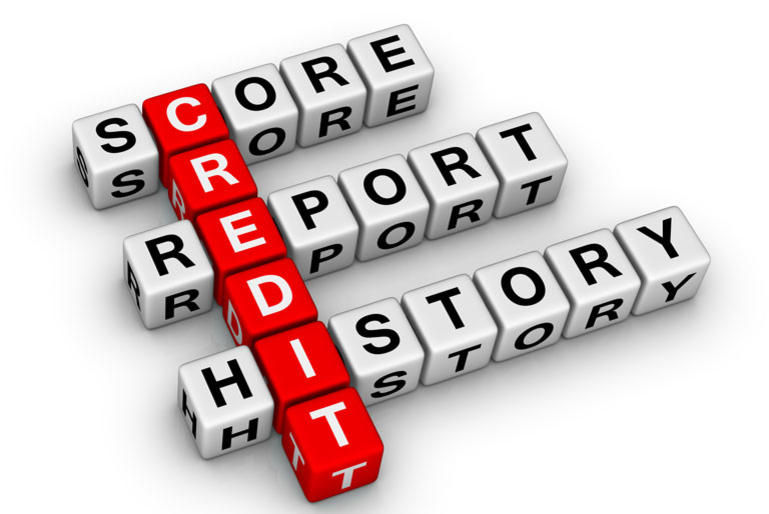A glossary of credit terms
- Harmoney

- Jul 29
- 2 min read
Updated: Jul 31
Baffled by all the different credit terms? Here’s a quick guide to what they mean:

Credit – In the context of personal finances, credit means having access to funds provided by another person or company, on the trust that you will repay those funds in the future. Personal loans, mortgages, and credit cards are all types of credit.
But credit isn’t only about borrowing money. Companies that offer you services or goods that you pay for after receiving them are also giving you credit. These can include organisations such as phone or power companies, or even a tradesperson who invoices you after completing work.
Credit bureau – A credit bureau, also sometimes referred to as a credit reporter, is a company responsible for gathering all the details of your credit transactions into your credit file. This information is used to determine your credit score. There are three credit bureaux in New Zealand: Centrix, Equifax, and Illion.
Credit check – A credit check is when an individual or organisation contacts a credit bureau to find out your credit score and view your credit file. There are two types of credit checks:
A soft check, which is not recorded on your credit file and does not affect your score (e.g. for quoting purposes or employment background checks)
A hard check, which is recorded on your file and may impact your credit score (e.g. when applying for a credit product)
Credit file – This is the comprehensive summary of your credit history compiled by a credit bureau. It is used to determine your credit score and is reviewed by lenders to assess your credit risk. You can also request a copy of your credit file for free—this won’t affect your score.
Credit grade – When your loan application is assessed by Harmoney, we take the information in your credit report along with your application details and assign a credit grade, from A1 to F5. This grade helps determine your interest rate and loan amount.
Credit history – Your credit history includes all your past credit transactions and behaviours. It is similar to your credit file but may also refer more broadly to your track record with managing credit over time.
Creditor – A person or company to whom you owe money.
Credit rating – Often used interchangeably with credit score, this refers to the overall assessment of your creditworthiness.
Credit report – This is what a potential lender receives when they conduct a credit check. It usually includes your credit file and credit score.
Credit reporter – See credit bureau above. These are the organisations that collect and store credit data.
Credit score – A number between 0 and 1000 assigned to you, based on your credit file. It helps lenders assess your risk as a borrower.
Creditworthiness – This refers to how suitable or trustworthy you are in the eyes of lenders. Your credit score and file are key indicators of your creditworthiness.
Credit utilisation rate – This is the percentage of your available credit that you're currently using. For example, if your total credit limit is $10,000 and you owe $5,000, your utilisation rate is 50%. A lower utilisation rate—generally below 30%—can positively impact your credit score.




